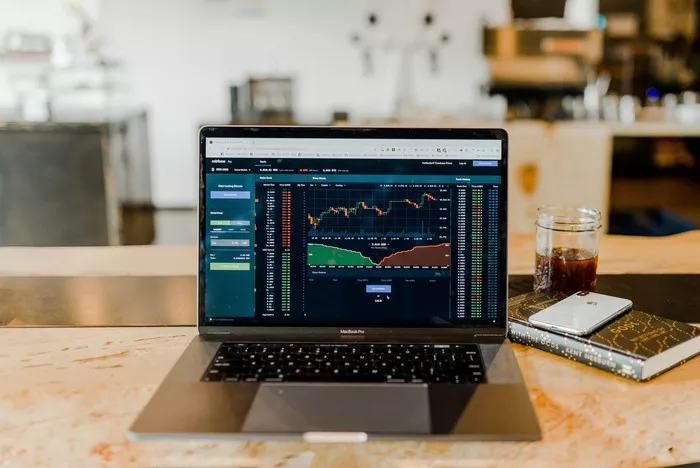Futures markets are complex and dynamic environments where traders buy and sell contracts based on the future price of underlying assets such as commodities, currencies, stocks, and indices. Understanding how to read futures codes is essential for navigating these markets effectively and executing trades with precision. In this article, we’ll explore the mechanics of futures codes, decoding symbols, and interpreting contract specifications to help traders decipher the intricacies of futures trading.
What Are Futures Codes?
Futures codes, also known as futures symbols or ticker symbols, are standardized alphanumeric codes used to identify futures contracts traded on exchanges worldwide. Each futures contract has a unique code that provides essential information about the underlying asset, contract expiration, and other specifications. By reading futures codes, traders can quickly identify and analyze contract details, including the asset class, contract month, contract year, and exchange designation.
Components of Futures Codes
Futures codes typically consist of several components that convey specific information about the underlying asset and contract terms. The key components of futures codes include:
1. Root Symbol: The root symbol represents the underlying asset or commodity that the futures contract is based on. For example, in the case of crude oil futures, the root symbol may be “CL” for West Texas Intermediate (WTI) crude oil or “BZ” for Brent crude oil.
2. Month Code: The month code indicates the month in which the futures contract expires. Each month is assigned a unique letter code, starting with “F” for January and ending with “Z” for December. For example, “F” represents January, “G” represents February, and so on.
3. Year Code: The year code specifies the year in which the futures contract expires. The year code is typically represented by the last digit of the calendar year. For example, “1” represents 2021, “2” represents 2022, and so forth.
4. Contract Type: Some futures contracts may include additional codes to denote specific contract types or variations. For example, “E” may indicate an e-mini futures contract, “M” may denote a micro futures contract, and “Q” may signify a quarterly futures contract.
Deciphering Futures Codes
To decipher futures codes effectively, traders need to understand how each component contributes to the overall symbol and contract specifications. Let’s break down a hypothetical futures code to illustrate how to read and interpret its components:
Example: CLM21
Root Symbol: “CL” represents crude oil, the underlying commodity.
Month Code: “M” corresponds to the month of June.
Year Code: “21” signifies the year 2021.
Based on this futures code, we can infer that the contract “CLM21” refers to a crude oil futures contract expiring in June 2021.
Understanding Contract Expiration
Futures contracts have specific expiration dates, after which they cease trading and settle according to predetermined terms. Contract expiration dates are essential for traders to manage positions effectively and avoid potential delivery obligations. Futures codes provide valuable information about contract expiration, allowing traders to identify the expiration month and year at a glance.
For example, consider the futures code “ESZ21,” which represents E-mini S&P 500 futures expiring in December 2021. By decoding the futures code, traders can determine the contract’s expiration month (“Z” for December) and year (“21” for 2021), enabling them to plan and execute trading strategies accordingly.
Navigating Exchange Designations
In addition to asset class and contract specifications, futures codes often include exchange designations that denote the exchange where the contract is traded. Different futures exchanges may list contracts for the same underlying asset, each with its own unique code and trading platform. Traders should be familiar with exchange designations to ensure they are trading the desired contract on the appropriate exchange.
For example, the futures code “NQH22” represents E-mini Nasdaq 100 futures expiring in March 2022, traded on the Chicago Mercantile Exchange (CME). The exchange designation “NQ” identifies the Nasdaq 100 futures contract, while “H22” indicates the contract month and year.
Contract Variations and Types
Some futures contracts may have variations or special features that distinguish them from standard contracts. These variations may include different contract sizes, tick sizes, or trading hours. Traders should be aware of these differences when trading futures contracts to ensure they understand the contract specifications and trading rules.
For example, the futures code “MESM21” represents Micro E-mini S&P 500 futures expiring in June 2021. The inclusion of “M” in the futures code indicates that it is a micro futures contract, which may have a smaller contract size compared to standard E-mini contracts.
Conclusion
In conclusion, understanding how to read futures codes is essential for navigating futures markets effectively and executing trades with confidence. By deciphering futures symbols and interpreting contract specifications, traders can identify the underlying asset, contract expiration, exchange designation, and other essential details. This knowledge enables traders to make informed decisions, manage risk, and capitalize on trading opportunities in futures markets. Whether trading commodities, currencies, or stock indices, mastering futures codes is a fundamental skill for futures traders seeking success in the dynamic world of derivatives trading.

